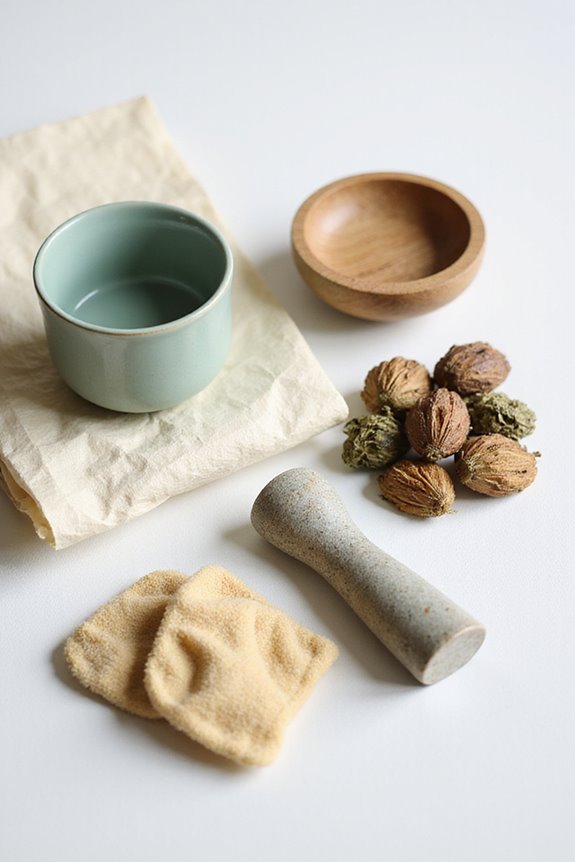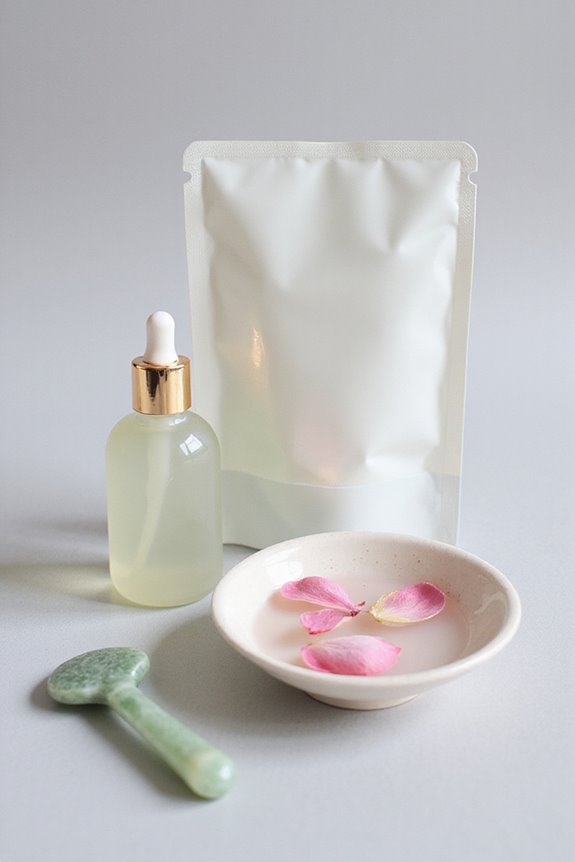Korean wellness traditions reflect over 5,000 years of history, emphasizing balance and personalized health care. Core practices include herbal medicine tailored to individual needs, acupuncture that regulates Qi, and moxibustion that uses heat for healing. Additionally, cupping therapy enhances blood flow and detoxification. The integration of these traditional practices with modern medicine is gaining popularity, with many Koreans utilizing both approaches for their well-being. As we explore further, we can uncover the rich details behind these ancient traditions.
Key Takeaways
- Korean wellness traditions emphasize the interconnectedness of body, mind, and spirit, promoting holistic health and emotional balance.
- Historical practices include the use of medicinal herbs like Dong Quai and Ginseng, recognized for their health benefits.
- Techniques such as acupuncture, moxibustion, and cupping therapy are integral in regulating Qi and promoting healing.
- Sasang Constitutional Medicine customizes health strategies based on individual body types and predispositions for personalized care.
- The integration of traditional and modern medicine highlights a growing trend towards validating and modernizing Korean wellness practices.
Historical Roots of Korean Wellness
Although the origins of Korean wellness practices date back thousands of years, we can observe a rich tapestry woven from ancient traditions and cultural exchanges. From approximately 3000 BCE, early Koreans engaged in wellness rituals involving medicinal herbs, such as wormwood and garlic, recognized for their health benefits. Alongside these ancient remedies, incantatory medicine also emerged, providing pain relief methods rooted in folklore. The Three Kingdoms Period significantly saw the integration of Chinese and Indian medical insights, enhancing Korea’s healing practices. This fermentation of knowledge cultivated unique systems melding indigenous philosophies with foreign concepts, thereby enriching local approaches to wellness. Such historical roots laid essential groundwork, ensuring that wellness practices evolved through generations, remaining central to Korean culture.
Key Treatment Modalities in Traditional Medicine
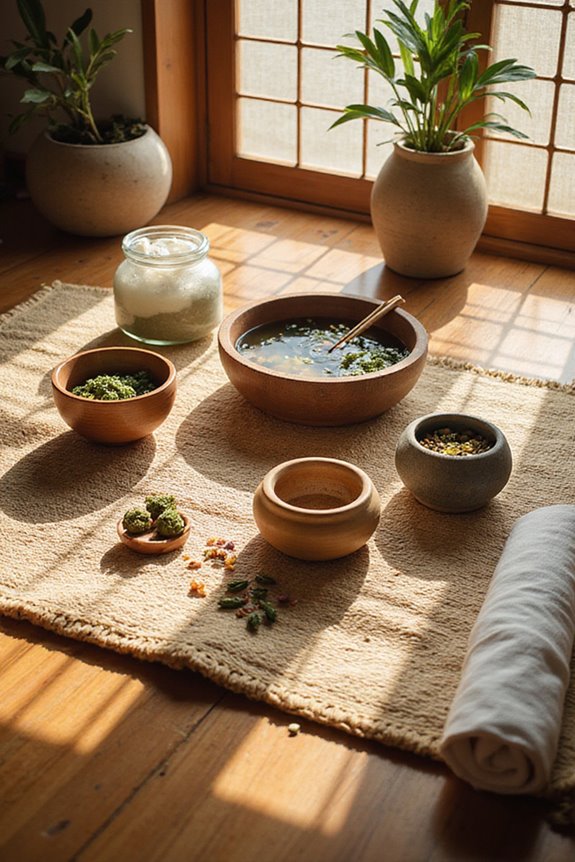
Key treatment modalities in traditional Korean medicine encompass a variety of methods designed to promote health and well-being, incorporating ancient practices while adapting to modern needs. Central to this approach are herbal formulations, tailored specifically to individual symptoms and constitution, aimed at restoring balance and optimizing Qi flow. Acupuncture, involving fine needle insertion, regulates Qi and supports both physical and mental health. Moxibustion, which uses burning mugwort near acupuncture points, enhances healing through heat stimulation. Cupping therapy promotes blood flow and detoxification via suction. Additionally, the Sasang Constitutional Medicine personalizes treatment plans to meet unique needs, emphasizing the therapeutic synergy of combining these modalities, including diet therapy, to foster holistic wellness and effective disease management.
Philosophical Foundations of Health
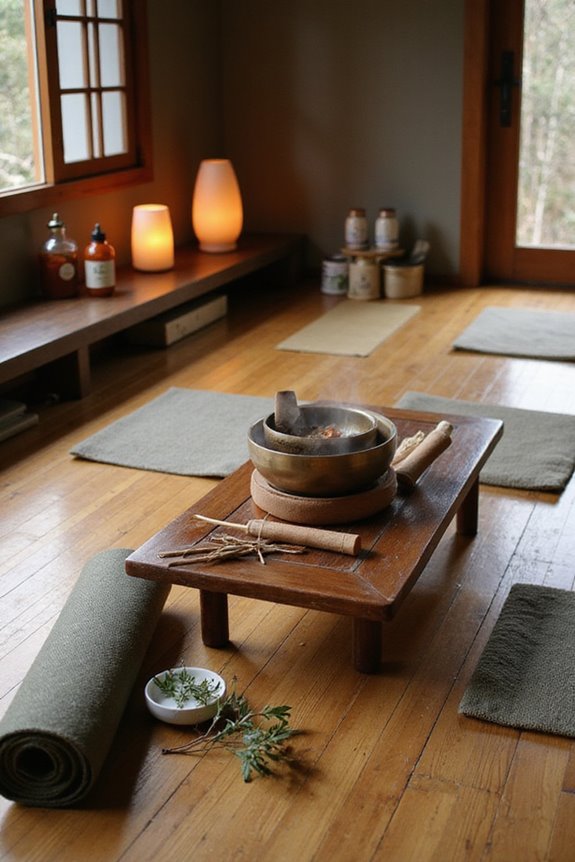
The philosophical foundations of health in Korean wellness traditions emphasize the interconnectedness of the body, mind, and spirit, building upon the holistic approaches found in traditional medicine. Core concepts like Yin Yang balance and the Five Phases dynamics illustrate how health arises from harmonious interactions among elemental forces. For instance, the Sasang typology personalizes health strategies based on individual predispositions, enabling tailored approaches for ideal wellness. Furthermore, mind-body integration highlights the importance of emotional balance, as negative emotions disrupt internal harmony. By viewing the human body as a microcosm of cosmic order, cosmological health connections are recognized, demonstrating the ecological perspective of health. Consequently, holistic prevention methods encourage proactive engagement in nurturing one’s overall well-being.
Prominent Herbs and Natural Remedies
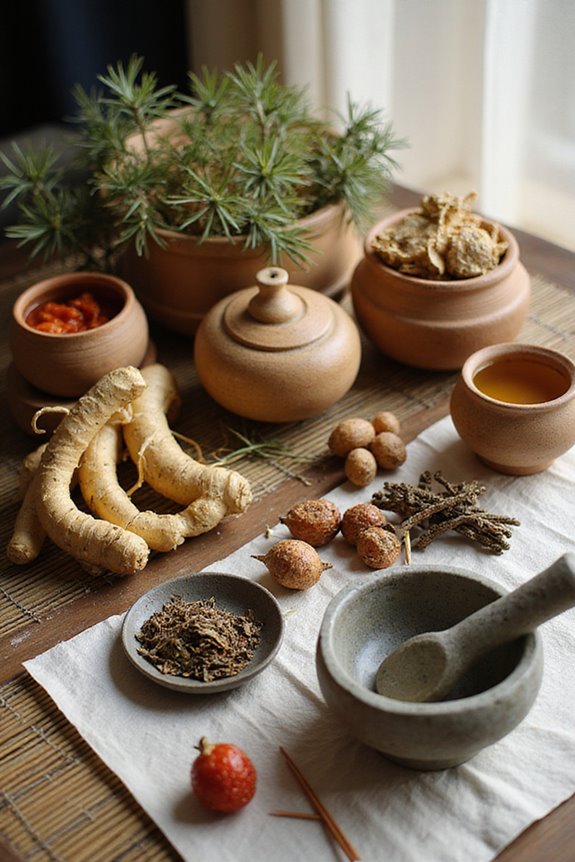
In exploring prominent herbs and natural remedies within Korean wellness traditions, we discover a rich array of botanicals that have been utilized for centuries. Herbal benefits encompass various properties, such as Dong Quai Root, known for improving blood circulation and relieving pain. Turmeric not only hydrates the skin but also possesses anti-cancer properties. Cnidium acts as a sedative and energy booster, while Fish Mint is recognized for its antibacterial effects and skin detoxification. Other notable remedies include herbal complexes like Chunghyul-dan for cardiovascular health, or Ginseng Root, revered for its anti-inflammatory properties. These natural healing practices emphasize balance and utilize diverse plant parts, providing a holistic approach to health and well-being within the framework of Korean wellness traditions.
The Role of Acupuncture and Moxibustion
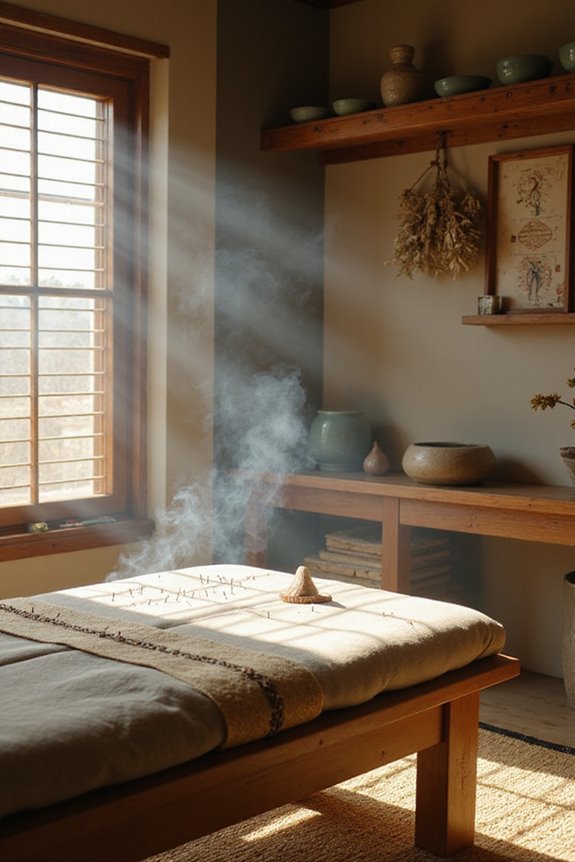
While exploring the role of acupuncture and moxibustion in Korean wellness traditions, we find that these ancient practices are grounded in a thorough understanding of the body’s energy systems. Acupuncture techniques involve the insertion of fine needles at precise points on the body to stimulate energy flow. This approach aims to balance bodily functions, aiding in the treatment of various ailments. Moxibustion benefits include its ability to provide warmth and stimulate circulation, especially for conditions related to cold stagnation. Through both direct and indirect methods, moxibustion enhances the effectiveness of acupuncture by improving qi and blood flow. Collectively, these therapies not only promote healing but also support overall health and well-being, illustrating their enduring significance in Korean medicine.
Integration of Traditional and Modern Medicine
Integrating traditional Korean medicine (TKM) with Western medicine represents a significant development in the healthcare landscape of Korea, as it allows for a more thorough approach to patient care. This dual system, established in 1951, officially recognizes both allopathic and traditional healing practices, ensuring that they operate under separate education and licensing standards. Approximately 25% of Koreans visit TKM practitioners annually, particularly the elderly and those with musculoskeletal issues. Furthermore, the growing trend of Western medicine doctors working in TKM hospitals highlights the importance of integrative practices. While TKM accounts for about 4% of medical expenditures, its usage has declined recently, prompting efforts to validate and modernize traditional methods within the national health framework.
Cultural and Social Impact of Traditional Practices
The intertwining of traditional wellness practices with contemporary cultural dynamics greatly shapes social interactions and community life in Korea. Our visits to jjimjilbangs, for instance, foster social connections across generations, as these communal spaces promote engagement through shared activities. The practice of *seshin*, or mutual exfoliating scrubs, strengthens trust and intimacy among family and friends, reinforcing cultural identity. As Koreans participate in group games or communal napping, we embrace wellness rituals that reflect our collective values. Additionally, the accessibility of these wellness activities aligns with egalitarian ideals, ensuring participation from diverse demographic groups. Overall, these practices not only enhance personal well-being but also contribute positively to community cohesion and social harmony within our society.
Evolution of Dietary Practices in Wellness
As we explore the evolution of dietary practices in wellness, it’s clear that Korea’s rich agricultural history and cultural influences greatly shaped what we eat today. The shift from early staples like millet and barley to rice cultivation introduced between the late 2nd millennium BCE and the Silla period marked a significant dietary evolution. In addition, the preservation techniques, particularly fermentation used in kimchi, have been integral for maintaining food during harsh winters while enhancing nutritional value. Moreover, the culinary diversity that emerged from royal customs during the Joseon period reflected not just affluence but a balance of health and ritual. Overall, these historical shifts laid the groundwork for a nutritious and diverse diet that continues to influence contemporary Korean wellness practices.
Modern Research and Innovations in Korean Medicine
While we examine modern research and innovations in Korean medicine, it’s essential to recognize how various technological advancements are reshaping healthcare practices in the country. AI integration has been pivotal, particularly in drug discovery, where predictive algorithms optimize clinical trials, making research and development more efficient. We’re also witnessing the emergence of digital therapeutics; four products have received approval in South Korea, offering innovative solutions for patient care. As decentralized clinical trials show promise, regulatory challenges still limit their widespread adoption. Moreover, innovations like smart health devices, such as a “smart toilet” for disease diagnosis, illustrate the ongoing convergence of technology and medicine. Overall, these advancements reinforce Korea’s commitment to enhancing patient outcomes through integrated healthcare solutions.
Frequently Asked Questions
How Can I Incorporate Korean Wellness Practices Into My Daily Life?
Let’s leap into lasting health by linking herbal remedies with our daily rituals. We can savor mindful meals, enjoy energizing exercises, and embrace rejuvenating baths, cultivating balance and harmony in our lives together.
Are There Specific Diets Associated With Korean Wellness Traditions?
Korean diets emphasize a wealth of fermented foods, like kimchi, which nourish our gut health. By embracing these wholesome ingredients and traditional cooking methods, we can enhance our well-being and enjoy delicious, nutritious meals together.
What Role Does Mindfulness Play in Korean Wellness Practices?
Imagine meditative breathing while juggling kimchi! Mindfulness is central to Korean wellness—promoting mindful eating and integrating practices into everyday chaos. It’s our way of finding calm amid the whirlwind of life.
How Do Seasonal Changes Affect Traditional Korean Health Practices?
Seasonal changes deeply impact our health practices. We adapt our use of seasonal herbs and temperature therapy, ensuring we’re in tune with nature, enhancing our well-being and balancing our energy throughout the year.
Are There Any Modern Adaptations of Traditional Korean Wellness Rituals?
Imagine stepping into a serene oasis where urban wellness meets ancient practices. We’ve embraced holistic therapies, transforming traditional rituals into modern experiences, blending herbal remedies and luxury amenities for rejuvenation that’s both timeless and timely.

